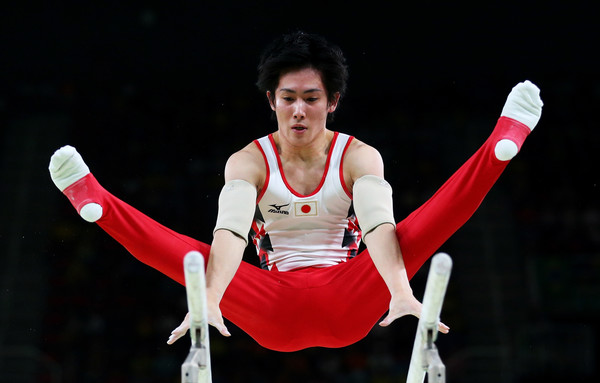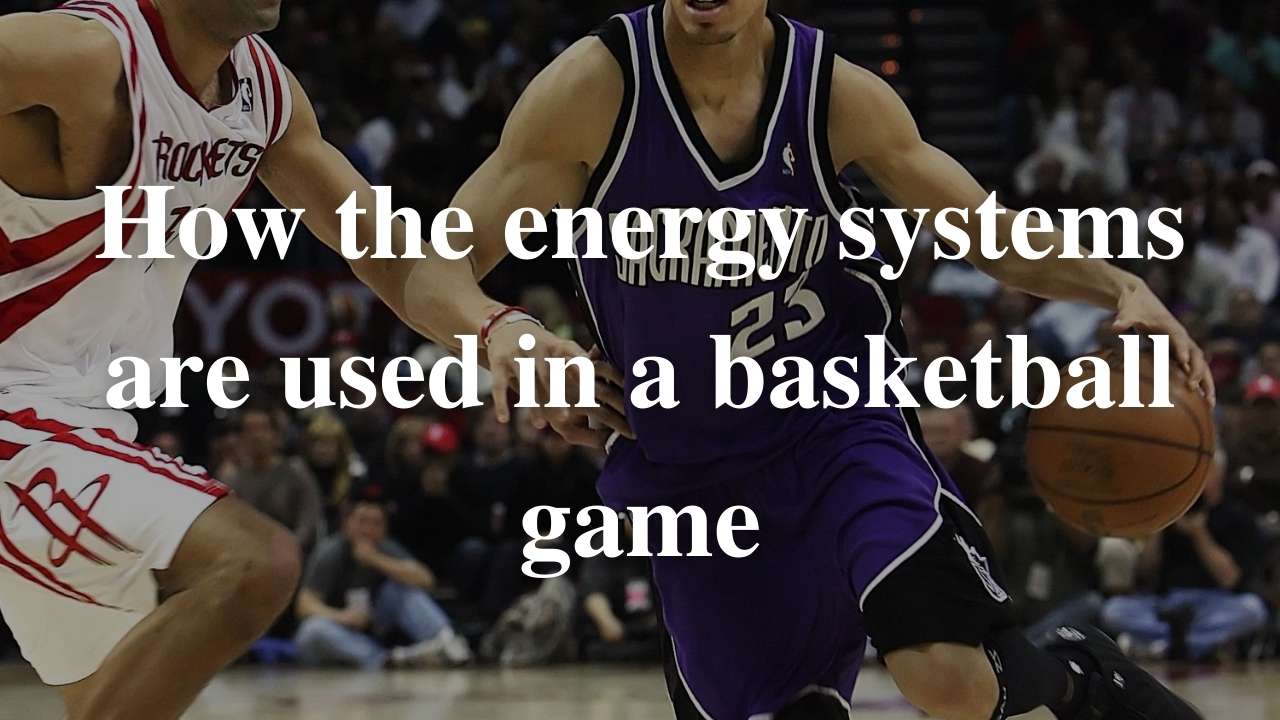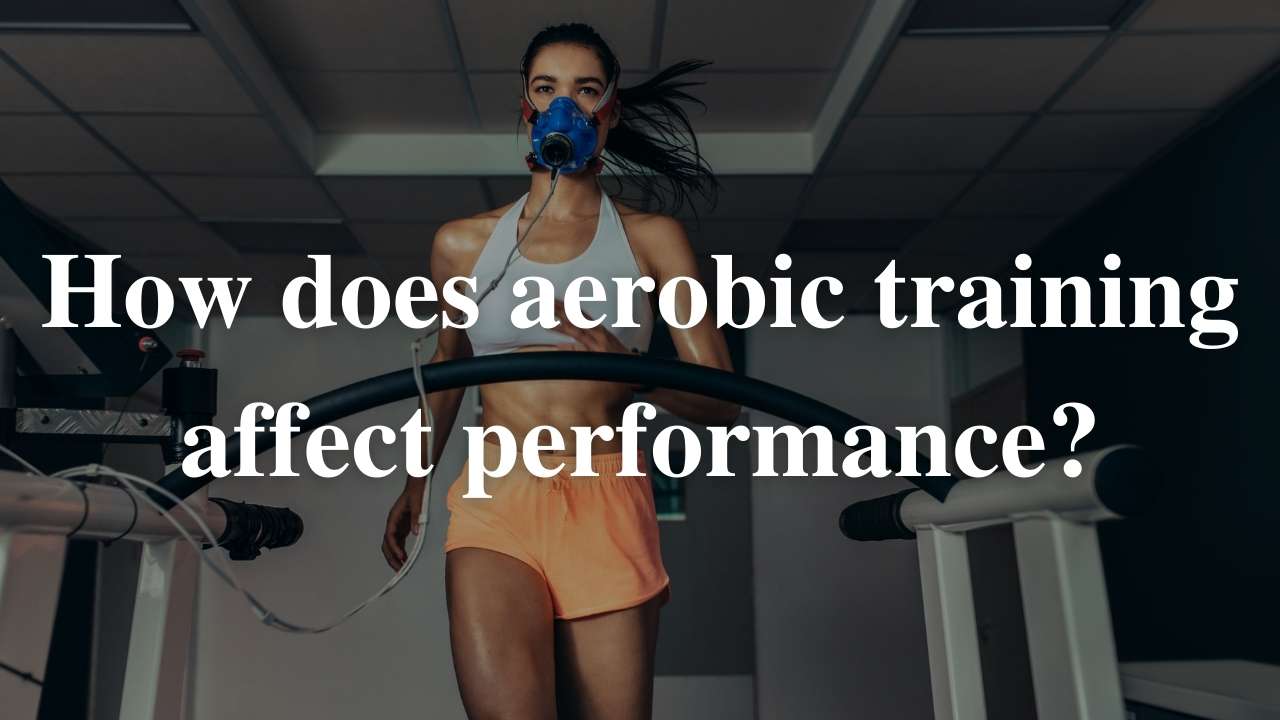The question “Compare the dietary requirements of athletes in TWO sports that have different nutritional needs. Provide relevant examples” Is question 25 in the 2011 HSC PDHPE exam. Below is a sample answer I wrote for this question with a video of commentary on how I wrote it.
Compare the dietary requirements of athletes in TWO sports that have different nutritional needs. Provide relevant examples. 6 Marks
AFL and Gymnastics are two very different sports with different nutritional requirements; pre, during, and post competition.
Before competition it is very important to ensure the athlete has had adequate nutrition for their sport. In AFL this will include carbohydrate loading, as it is a sport that goes for longer than 60 minutes and has varying intensities that can only be met through the breakdown of glycogen. Carbohydrate loading could be achieved by eating a large bowl of brown rice the night before and a large serving of porridge the morning of the event, along with very low training loads and volume. In addition to carbohydrate loading, the athlete needs to be hydrated, consuming 3-4 L of water the day before, 500ml the morning of the event and 250ml 1 hour before the event. This is different to the gymnast who would need to ensure they are hydrated, but would not require to carbohydrate load because his event is not as long.
During the event it is important for the AFL player to maintain his hydration and his blood sugar levels. This will require him to drink regularly throughout the match and given the length of the match he would also benefit from consuming sports drinks with the added electrolytes for hydration and sugars for blood sugar levels. This will improve his performance allowing for sustained higher intensities for longer. In contrast the gymnast would not need to worry about during performance nutrition as his performance will not last long enough to cause dehydration or decrease blood sugar levels. In stead he would perform and then consume nutrients afterwards, unless he was competing multiple times in a day, in which case he would need to consider the timing and content of his foods as they would become more important.
Post performance the AFL athlete is going to require larger amounts of protein, carbohydrate and fluids in order to speed up recovery. The protein will help him rebuild and repair damaged cells including muscles, skin and blood vessels that may have been damaged in tackles. The carbohydrate, such as a bowl of pasta or a few slices of brown bread will help replace the glycogen in both the muscle and liver. On the other end, the gymnast will require some protein for repair of damaged tissue, such as eating an omlete to help his muscles recover particularly, but will not require the large amounts of carbohydrate or as much fluid as his performance would not have lasted long enough to deplete glycogen stores or cause dehydration.
In order to get 5 or 6 for the question: “Compare the dietary requirements of athletes in TWO sports that have different nutritional needs. Provide relevant examples.” the marking criteria states:
- Clearly shows the similarities and/or differences in dietary requirements of athletes in TWO sports that have different nutritional needs
- Uses relevant examples
You can see in the answer above that I have purposefully used comparative language in order to clearly show the differences in dietary requirements. I have also mentioned similarities in hydration and protein consumption in the pre and post performance requirements. This sample also has used relevant examples (notice it is plural) in orange.






